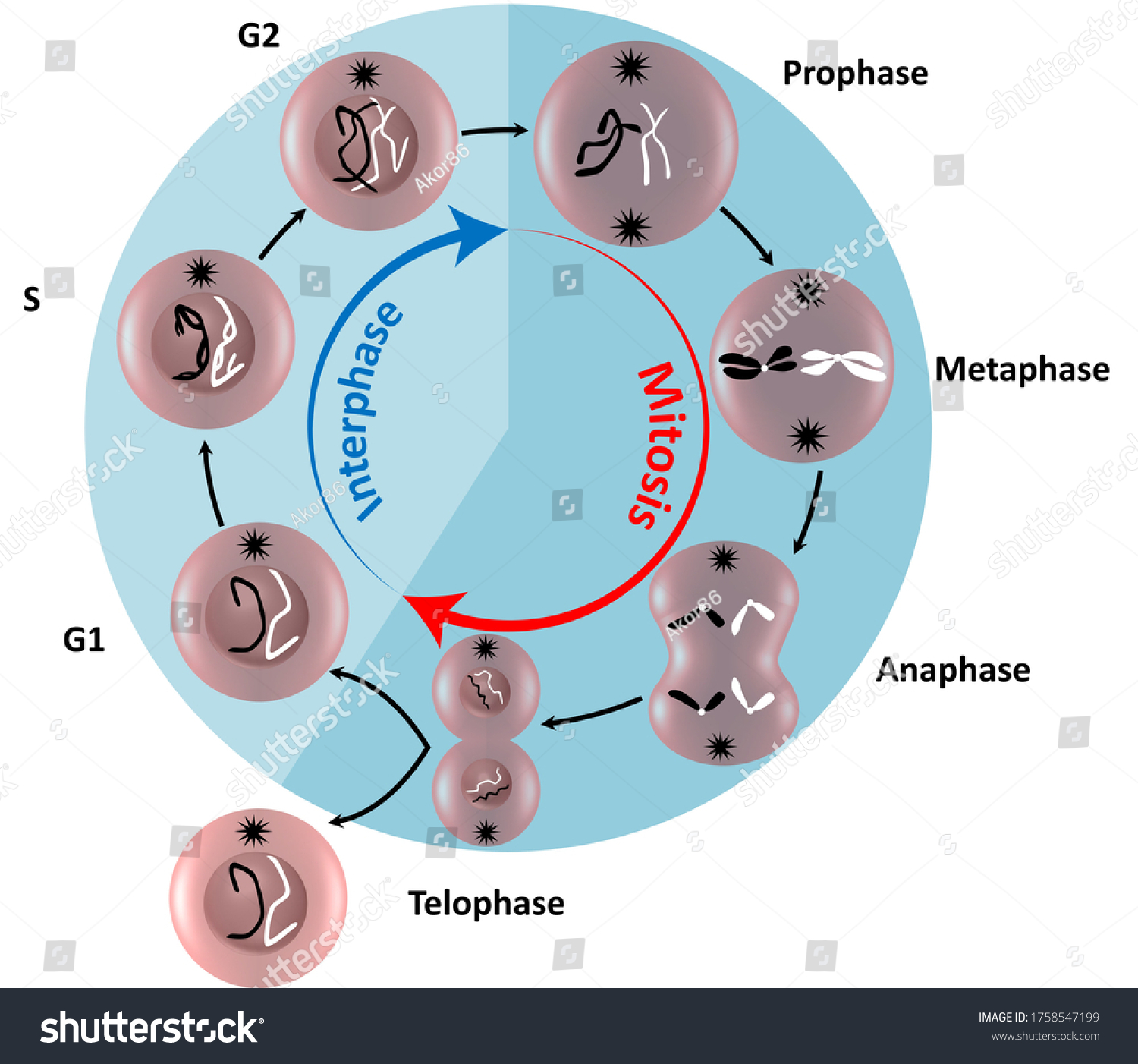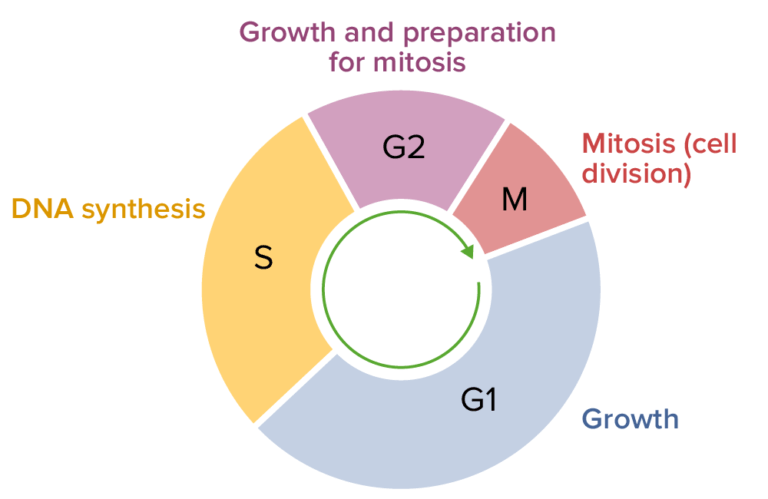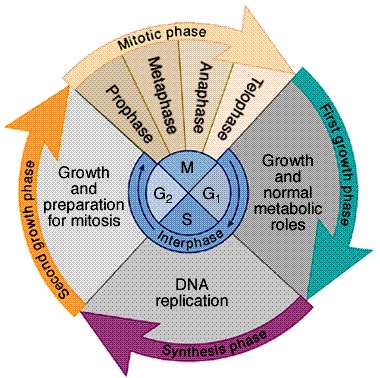Phase G0 Cell Enters What Biology Diagrams The S phase is important because of what takes place during this portion of the cell cycle and also because of what it represents. Entering S phase (passing through the G1/S transition) is a major checkpoint in the cell cycle, sometimes called the restriction point.

In the eukaryotic cell cycle, chromosome duplication occurs during "S phase" (the phase of DNA synthesis) and chromosome segregation occurs during "M phase" (the mitosis phase). During S phase

Cell Cycle: Definition, Phases, Regulation, Checkpoints Biology Diagrams
S phase DNA replication is a crucial process in the cell cycle where DNA is duplicated, preparing the cell for division. It involves the unwinding of the DNA double helix, the synthesis of new DNA strands complementary to the existing ones, and the formation of new DNA molecules. Two main structures, the helicase enzyme and the replication fork, play key roles in this process. Therefore, at the end of the S phase, each chromosome of the cell has double the amount of DNA with a double set of genes. 4. Gap 2 Phase (G2) The G2 phase or Gap Phase 2 or Growth Phase 2 is a phase of the cell cycle where the cell collects nutrients and releases proteins in order to prepare the cell for the M phase.

The S (synthesis) phase of the cell cycle occurs when genomic DNA within the nucleus is replicated. Numerous proteins and enzymes are involved in the transition from G1 to S phase before DNA replication. Upon S phase initiation, double-stranded DNA is unwound and separated parental strands act as a template to synthesize complementary daughter

An Overview of the Cell Cycle Biology Diagrams
S Phase is a part of interphase of the cell cycle. It is a crucial step of cell division. During this step, the cell replicates its DNA so that it has two complete copies of its genome. Loose DNA known as chromatin gathers and condenses into chromatids with the help of histone proteins.Histone proteins are like beads that the strings of DNA wrap around. . Then, after replication, they create

